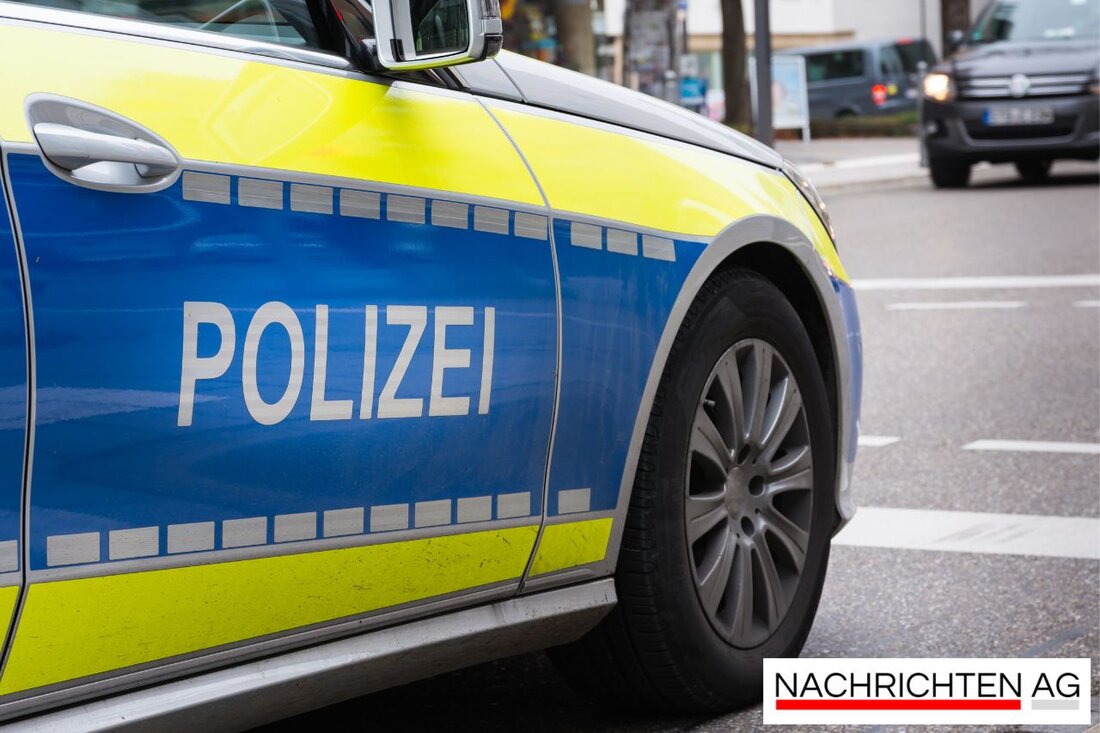Mobile speed camera in Saßleben: How to protect yourself from fines!
A mobile speed camera is active in Calau on November 19, 2025. Speed enforcement checks can be expected throughout the city.

Mobile speed camera in Saßleben: How to protect yourself from fines!
Road safety remains a central issue in the Brandenburg city of Calau. Today, November 19, 2025, a mobile radar device was activated in the city area to carry out speed checks. Current information shows that the speed camera was reported at 5:18 a.m. on Altnauer Weg in Saßleben, where a speed limit of 30 km/h applies. Speeding is still the most common cause of traffic violations and therefore also of accidents. The controls are not only intended to create order in traffic, but also to protect human lives news.de.
The decision to use mobile speed cameras is supported by their flexibility and the ability to position them quickly and from different vehicles. This technology uses both radar waves and laser beams to precisely measure the speed of vehicles. In Germany, speed enforcement measures are regulated by the police or regional regulatory authorities, with the main aim being to enforce the maximum permitted speed, as described in Wikipedia.
Technical aspects of speed monitoring
The history of speed monitoring dates back to the 1950s, when the first radar devices were used to provide traffic information. The technology has developed rapidly since then. A wide range of measurement methods are used, from analog devices to digital systems and laser technology to today's mobile solutions. These developments aim to increase traffic safety and be able to react more quickly to the risk of accidents, according to drivefusions.de.
Modern speed cameras combine various technologies to provide precise data. Stationary controls, also often referred to as “star boxes”, use piezo techniques, while mobile measurements use both laser and radar systems. This diversity enables adaptation to different traffic situations, be it on motorways or in 30 km/h zones.
Social debate about traffic monitoring
But as the technical efficiency of speed enforcement increases, there are also heated debates about data protection and civil rights. The ever-increasing surveillance could raise unpleasant questions, especially with regard to the use of AI to mass traffic data and its analysis. However, with the aim of improving road safety, a balance is also sought between public safety and individual rights.
In the future, it is expected that the integration of intelligent systems and connected technologies will be further advanced to make traffic control more dynamic and efficient. The challenges lie not only in the technology, but also in the acceptance of these measures by the population as well as the associated financial and data protection framework.

 Suche
Suche
 Mein Konto
Mein Konto